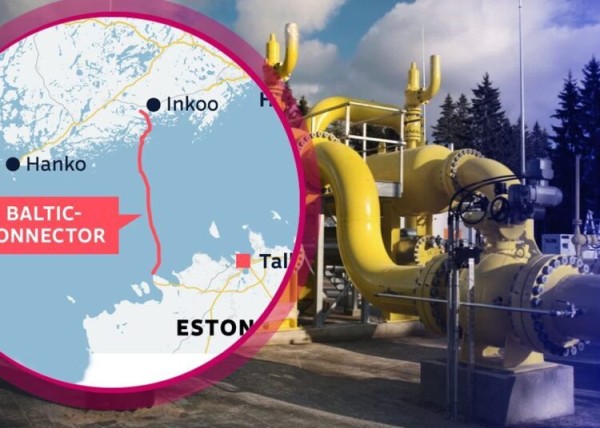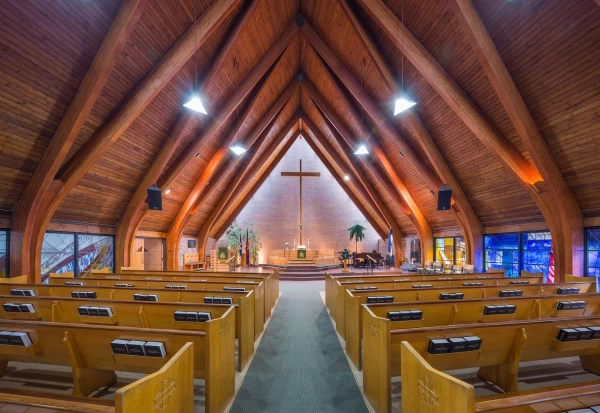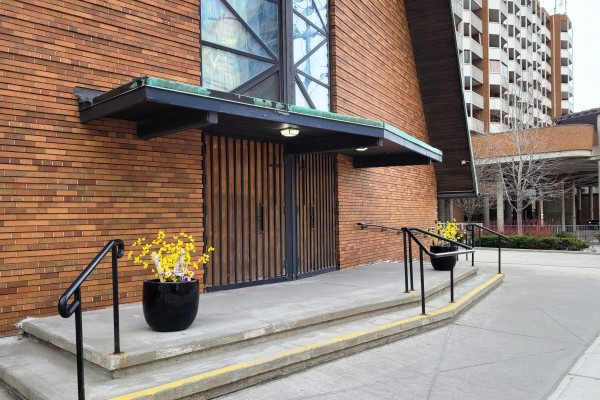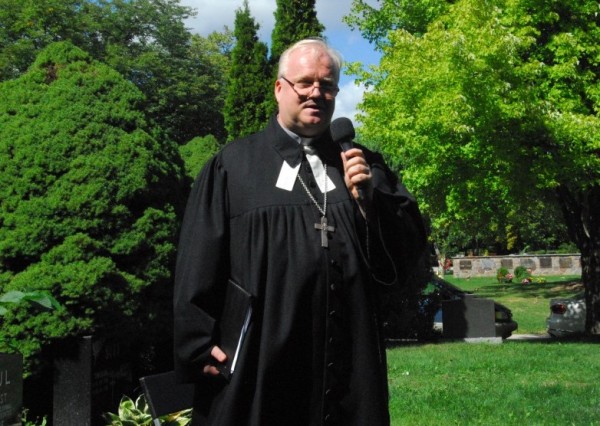On her first domestic visit, Kersti Kaljulaid speaks out against dividing people according to what language they speak at home.
tol.org 31 October 2016
Recently elected Estonian President Kersti Kaljulaid chose a region with a large ethnic Russian population as the destination of her official domestic visit, which took place at the end of last week. Kaljulaid targeted the counties of Lääne-Viru and Ida-Viru for reasons ranging from the beauty of the region, the business climate, and the local diversity, according to ETV's news broadcast "Aktuaalne kaamera," cited by ERR.
"There are people here who have very different interests and perceptions of the world. One can debate, discuss Estonian life," Kaljulaid said, as quoted by ERR.
Located in the northeast of the small Baltic country, both counties have significant ethnic Russian populations. According to the Estonian Statistical Database, Lääne-Viru’s Russian population is around 9 percent, while Ida-Viru has an overwhelmingly Russian population, corresponding to 73 percent of the total.
After her visit, Kaljulaid refuted misconceptions that Ida-Viru was “some hostile, Russified, and completely downtrodden area," BNS reported. When asked how the gap between Russian and Estonian speakers could be bridged, Kaljulaid said that she thinks of Estonia as one community – irrespective of different world views, education, and background – and that division based on language spoken at home is not “right.”
In related news, after Kaljulaid's visit, on 29 October, Russian School in Estonia, a non-profit organization, sent the president a public letter saying that Russian-language education needs both preservation and protection against violent “Estonianization.” The organization's chairman Mstislav Rusakov said that Estonian society is “far from unified.”
“Our proposal for you is to pay special attention to this sore point and maybe to take it under the president's special oversight. We on our part are ready to propose ways how to possibly solve this issue successfully,” Rusakov wrote in the letter.
He also expressed hopes that Kaljulaid would offer Russian speakers the possibility to attain a quality education in their mother tongue free of charge, and that she would be ready to engage in a dialogue with the Russian-speaking community, something that previous Estonian president Toomas Hendrik Ilves was allegedly reluctant to do.
• Kaljulaid was elected on 3 October as a consensus candidate after several failed votes by parliament in August, and a failed electoral college in September. Her first foreign visits were to neighboring Finland, Latvia, and Lithuania.
• Over 25 percent of Estonia's population identify themselves as Russians, or Russian speakers.
• A law adopted after independence in 1991 granted automatic citizenship only to those resident in the country prior to its incorporation into the Soviet Union and their children. People who arrived later, who include most of the Russian speakers, must pass a language exam in order to be eligible for citizenship.
• In 1994, non-citizens were issued gray passports, as opposed to the red-and-blue documents given to Estonians. Non-Estonians could not vote in the first national elections in 1992 or take part in the first wave of privatization, according to TOL’s Marian Manni.
• Since 2011, all Russian-language schools in Estonia have to teach 60 percent of subjects in Estonian for grades 10 to 12. The cities of Tallinn and Narva appealed against the rule, which was upheld by a Tallinn court.
(Compiled by Liga Rudzite)
Estonian President Symbolically Visits Regions With Sizeable Russian Populations
Eestlased Eestis | 01 Nov 2016 | EWR
Eestlased Eestis
TRENDING



























